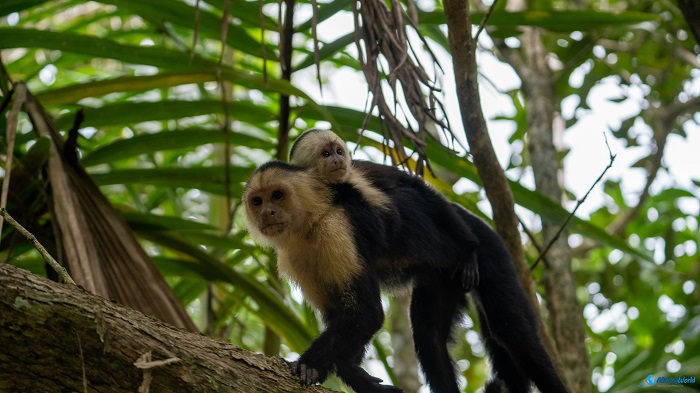Cahuita National Park is an important national park that serves as a terrestrial and marine one, located on the southern Caribbean coast in the Limón Province, within the eastern part of the Republic of Costa Rica. This park is one of the country’s most treasured natural reserves because it combines pristine beaches, coral reefs, tropical rainforests, and abundant wildlife, all in one protected area. Being part of the Caribbean La Amistad Conservation Area, Cuhaita can be found within the vicinity of the small town of Cahuita, after which the park gets its name. The park’s combination of both land and marine ecosystems makes it a remarkable destination for nature lovers, hikers, snorkelers, and anyone seeking a blend of cultural and ecological experiences.
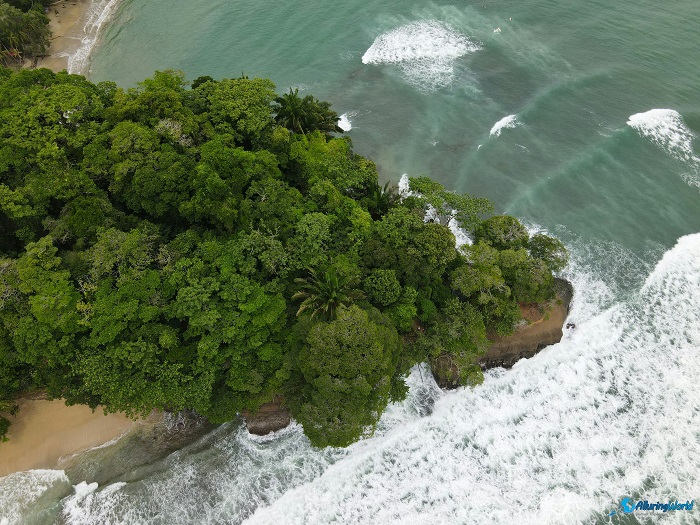
The park was first established in 1970 as a national monument to protect the coral reefs and later re-designated as Cahuita National Park in 1978. Its creation was a response to the recognition of the unique biodiversity and fragile ecosystems found in the region, especially the coral reef system, which is one of the most important in Costa Rica. Today, the park covers approximately 1,100 ha (2,718 acres) of terrestrial area and an additional 22,400 ha (55,350 acres) of marine territory, ensuring the protection of both land-based and underwater environments.
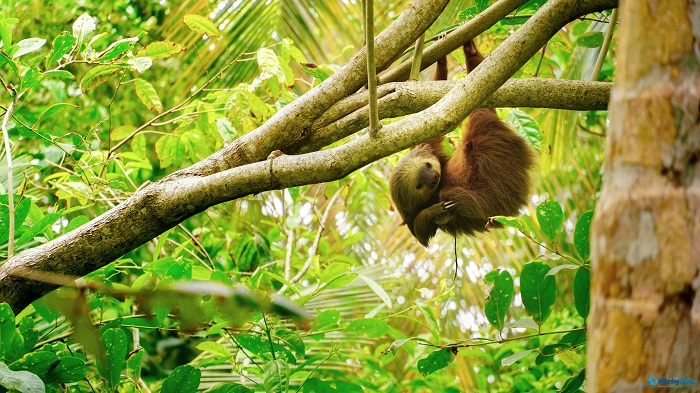
Since Costa Rica is a quite cautious country that appreciates its nature and abundance of wildlife, there have been pressures of development and resource exploitation, which is why Cahuita National Park was in fact formed as it was needed to safeguard its coral reefs, beaches, and coastal rainforests. Throughout time, the park has become a symbol of Costa Rica’s commitment to conservation, ecotourism, and community involvement, and it needs to be noted that it is unique because it is co-managed by the government and the local community of Cahuita.

The residents of the small town play important and very active roles in its stewardship, thus preserving the park and making sure that future generations will be able to enjoy the amazing flora and fauna. This partnership is giving assurances to the locals who are aligning the economic goals with the government, while preserving the cultural well-being of the local people, thus fostering a model of sustainable tourism that benefits both visitors and residents.
ADVERTISEMENT
Flora in Cahuita National Park is rich and diverse, where the usual plants that are found around the country can be seen here as well. Reflecting the lushness of Costa Rica’s Caribbean lowlands, the coastal rainforest contains towering trees such as almond, cedar, and kapok, while the coconut palms line the sandy shores. Beneath the canopy, a dense understory supports ferns, heliconias, orchids, and bromeliads, providing food and shelter for countless animal species. In addition to this, mangroves also form an important part of the ecosystem, serving as nurseries for marine life and acting as natural barriers against coastal erosion.
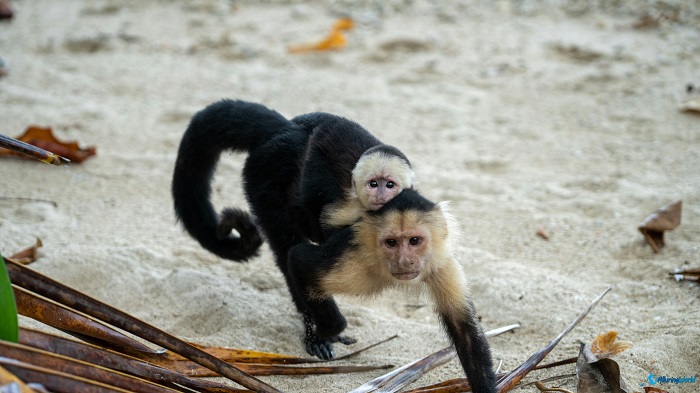
Nevertheless, the park is equally famous for its fauna. Cahuita is home to howler monkeys, capuchin monkeys, sloths, raccoons, coatis, armadillos, and anteaters. Birdwatchers would consider the park a paradise for them because they can spot toucans, parrots, herons, kingfishers, and countless migratory species that stop along the Caribbean route. There are, as usual, reptiles and amphibians that can be found here, and the usual suspects are iguanas, caimans, and frogs among the more common ones, while the park’s beaches serve as nesting sites for sea turtles, including the hawksbill and green turtle. In the marine section, more than 35 species of coral, 120 species of fish, sea urchins, lobsters, and sponges create a thriving underwater ecosystem, making snorkeling a highlight for visitors.

If you want to visit Cahuita National Park, this is a relatively easy feat because it is located about 42 km (26 mi) south of the city of Limón, one of the bigger cities, and just a short distance from the town of Cahuita itself. There are two main entrances to enter the park: Kelly Creek in Cahuita and Puerto Vargas further south. The Kelly Creek entrance does not have an official entrance ticket, but it actually operates on a donation-based system, and it encourages visitors to contribute what they can. On the other hand, Puerto Vargas has an official admission fee, which is $5 for non-residents. Still, both entrances are accessible by road, and the park’s trails are well-maintained, allowing for self-guided exploration. Guided tours are also available for those who want more profound insights into the park’s biodiversity and history.
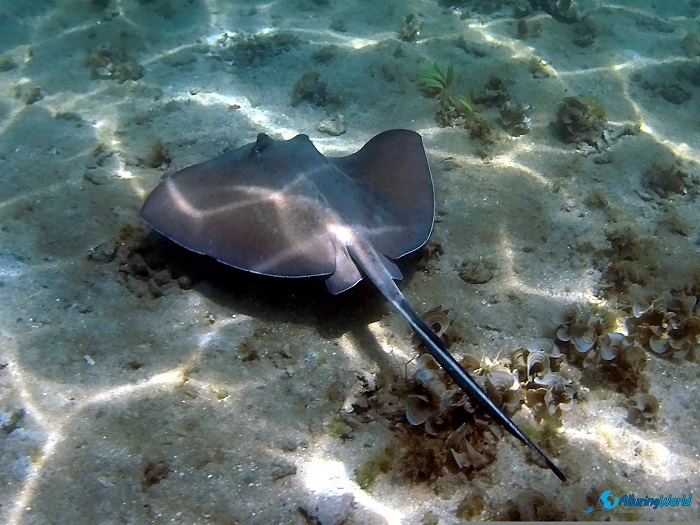
The best time to visit Cahuita National Park depends on what you hope to experience. Costa Rica has different weather patterns, especially on the Caribbean coast, which is different from the Pacific side, with the driest months typically in September, October, and March. These months are perfect for visitors who would like to experience the best snorkeling conditions, with calmer seas and clearer visibility on the reefs. If you are not keen on being in the water, however, wildlife watching and hiking can be enjoyed year-round, as the rainforest remains lush and active even during wetter periods. Visitors are advised to bring lightweight clothing, comfortable walking shoes, insect repellent, and plenty of water, as the tropical climate can be hot and humid.
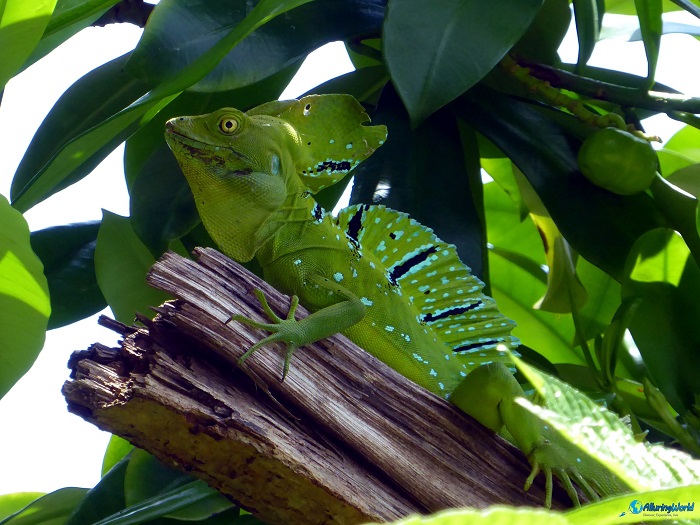
There are numerous activities that can be done in Cahuita National Park, but maybe the most popular one is hiking along the park’s trails, as this is one of the most popular ways to experience its ecosystems. Even though there are several trails, the main one runs in parallel to the beach, and it offers a combination of coastal views and jungle encounters, with many opportunities to spot monkeys, sloths, and tropical birds along the way. As a matter of fact, snorkeling is one of the most popular highlights here, as the park’s reef system is considered one of the best in Costa Rica, showcasing vibrant coral formations, colorful fish, and the occasional stingray or nurse shark. Swimming, picnicking, and relaxing on the beach are also enjoyable activities, particularly at Playa Blanca and Puerto Vargas, known for their white sands and calm waters.
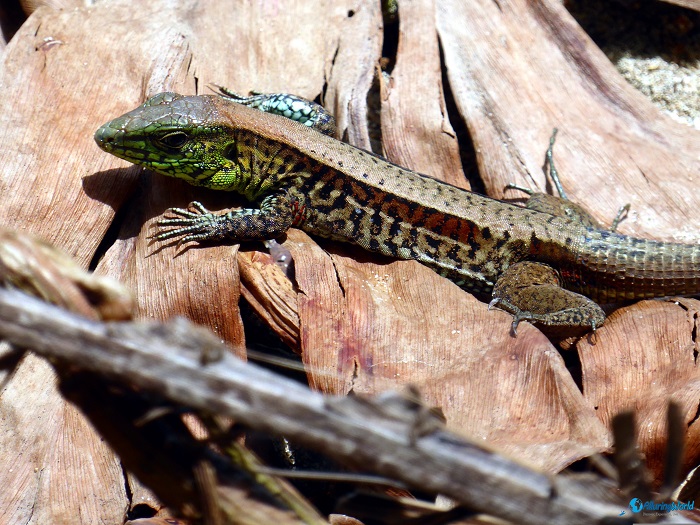
Beyond its natural beauty, Cahuita National Park is culturally significant. The surrounding community of Cahuita is rooted in Afro-Caribbean traditions, with strong influences from Jamaica and other parts of the Caribbean. Consequently, the park is often combined with trips to the town, where visitors enjoy reggae music, local cuisine featuring coconut-based dishes, and the warmth of the local people. This cultural immersion is more attractive to visitors who would like to get more than a glimpse of Costa Rica’s amazing nature.
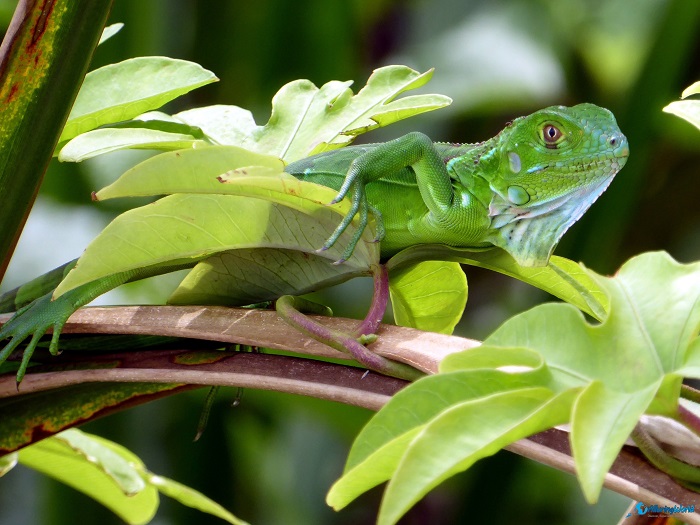
When it comes to conservation, Cahuita National Park even today continues to face challenges such as coral bleaching, coastal development, and climate change. There are always ongoing efforts by the government and local residents who aim to protect its ecosystems, and these are usually through education, monitoring, and sustainable tourism practices. Possibly, the visitors have the most important role because everyone should respect the park rules, avoiding damage to coral reefs, and supporting local businesses that contribute to conservation, thus ensuring that the park will continue to be an inspiration for people to decide to visit this amazing country in Central America.
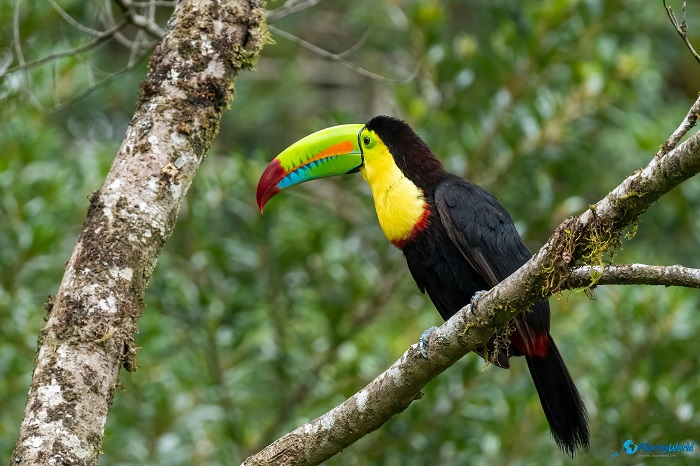
In conclusion, Cahuita National Park in Costa Rica is a destination that seamlessly combines natural diversity, marine wonders, and cultural richness. Established in 1978, it has grown into a model of community-based conservation, ensuring the protection of its ecosystems while benefiting local residents. From its coral reefs and white sand beaches to its rainforests and abundant wildlife, Cahuita offers an unforgettable experience for anyone interested in exploring the Caribbean side of Costa Rica. If you are interested in hiking, snorkeling, or simply enjoying the tranquility of nature, then you should definitely pay a visit to Cahuita National Park, since you will be provided with lasting memories and a deeper appreciation for the country’s commitment to preserving its natural heritage.
